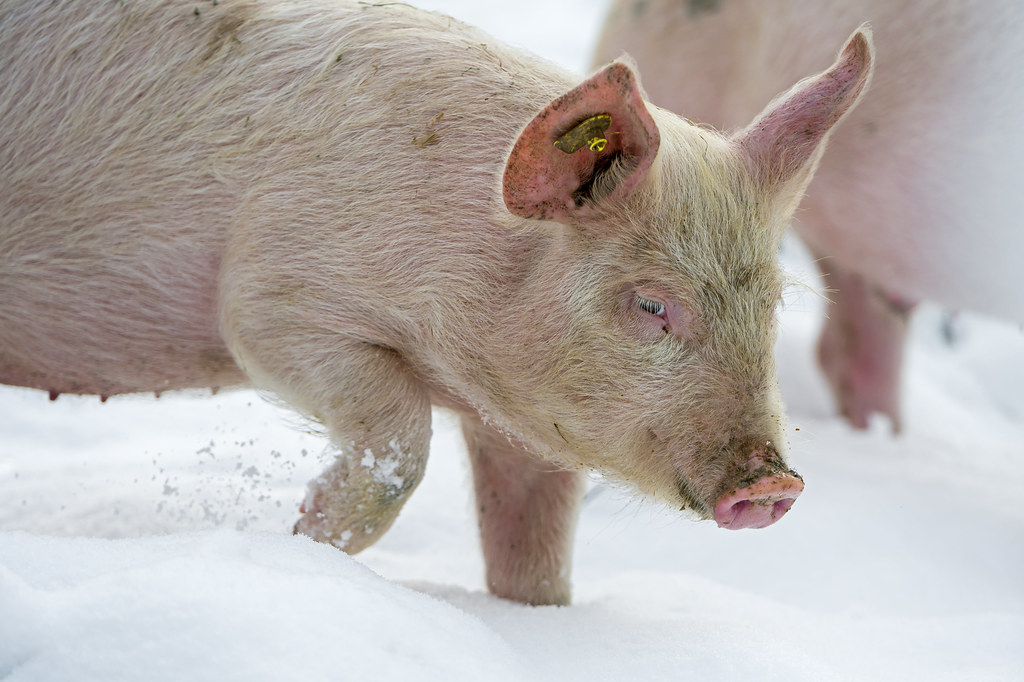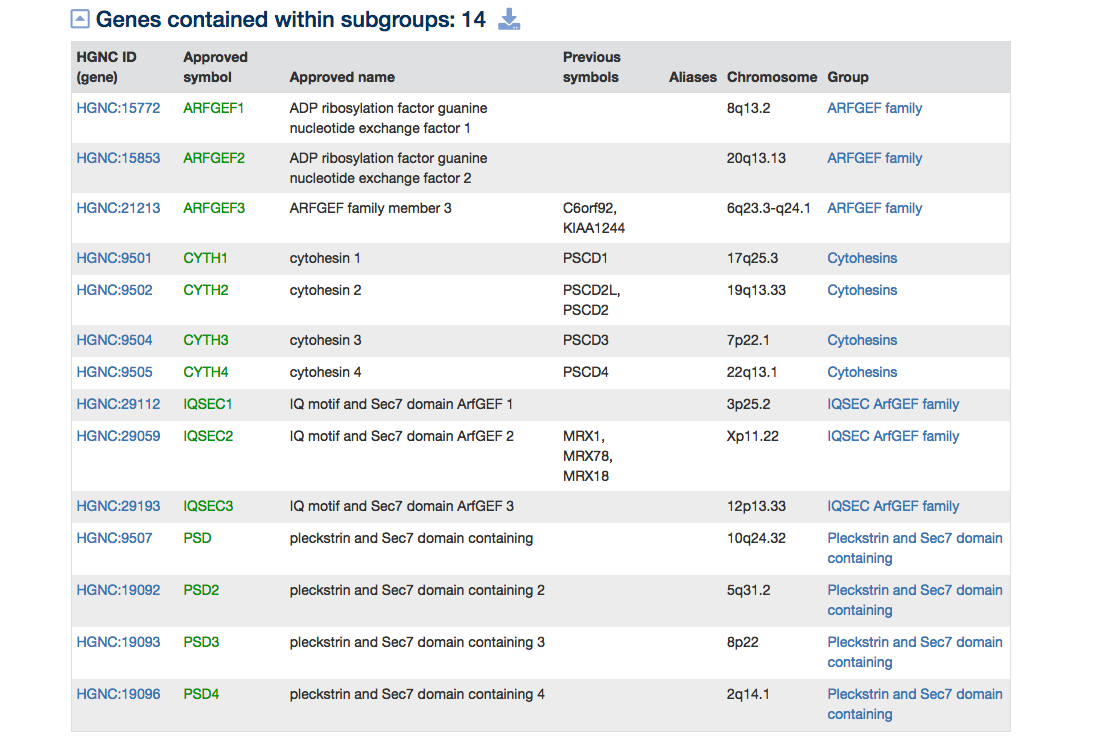Winter newsletter 2020
Newsletters ·
Pig genes now in VGNC
We are pleased to announce that one of our first major achievements of 2020 is the addition of domestic pig genes to our VGNC resource! We had long been interested in adding pig due to its medical and economic relevance, but previous genome sequence versions had too many gaps and misplaced contigs to make this possible. Happily, a much improved pig reference genome is now available and we have gone full steam ahead with naming pig genes. We have already approved gene nomenclature for 12414 protein coding pig genes and we will continue this effort throughout 2020!
Tribute to Mary Shimoyama
We were deeply saddened by the news of the sudden passing of our colleague and friend, Dr Mary Shimoyama, on 19th February. Mary was PI of the Rat Genome Database (RGD) and a great supporter of gene nomenclature across vertebrates. Mary always brought wisdom and guidance, as well as guaranteed humour, to our nomenclature meetings between HGNC, RGD and the mouse database MGD. She will be greatly missed at future meetings.
New links to the Alliance of Genome Resources
We have now added links to the human gene pages within the Alliance of Genome Resources website from our Symbol Reports. This project aims “to develop and maintain sustainable genome information resources that facilitate the use of diverse model organisms in understanding the genetic and genomic basis of human biology, health and disease”. You can find the new link in the Gene Resources section of our Symbol Reports as shown for the relevant part of the BRAF Symbol Report here:

We are pleased that HGNC IDs are being used by the Alliance as the unique identifier in the URLs of their human gene pages. For example, the URL for [BRAF]((https://www.genenames.org/data/gene-symbol-report/#!/hgnc_id/HGNC:1097) is https://www.alliancegenome.org/gene/HGNC:1097. We have also added the cross reference ID to our Custom downloads tool, the download files found on our Statistic and downloads and to our REST API. When “fetching” a gene symbol report using our REST service you will now see a field within the XML or JSON labelled “agr” with an HGNC ID as the value (see our REST help page). Use this ID within the URL template below: https://www.alliancegenome.org/gene/HGNC ID. We plan to add Alliance of Genome Resources cross reference IDs to our BioMart server in the near future.
Progress on replacing placeholder symbols
Renaming genes with placeholder symbols continues to be a priority for HGNC curators. Here are some examples of placeholder symbols that we have renamed in the last few months:
- C16orf58 to RUSF1, RUS family member 1
- C3orf67 to CFAP20DC, CFAP20 domain containing
- FAM92A1 to CIBAR1, CBY1 interacting BAR domain containing 1
- FAM92B to CIBAR2, CBY1 interacting BAR domain containing 2
New HGNC gene groups
We have curated several new gene groups for genenames.org within the past few months as part of our ongoing curation work. Highlights include:
- Caveolins
- Negative elongation factor complex members
- Heterogeneous nuclear ribonucleoproteins
- Glycosylphosphatidylinositol transamidase complex
- Pantothenate kinases
- CREB3 transcription factor family
- Shroom family
The Sec7 family is the top level of a hierarchical structure of related gene groups. This group has the two genes FBXO8 and GBF1 listed at this top level as they do not belong to any of the Sec7 subgroups. Genes within Sec7 subgroups can be viewed on the Sec7 page by selecting the arrow next to the text ‘Genes contained within subgroups’. You will then be able to view the following table:

It is also possible to view each subgroup on separate pages, as follows:
Gene Symbols in the News
Gene therapy has been used to successfully prevent blindness in patients with RPE65 mutations both in the UK and in the United Arab Emirates. The therapy prevents a further deterioration of eyesight, so cannot be used for patients that have already lost their sight.
The BAZ1B gene has been implicated in the development of the ‘finer features’ that modern adult human exhibit compared to Neandertals and other great apes. According to this research, changes in the BAZ1B sequence in modern humans has resulted in a change in neural crest activity during embryogenesis which may explain the facial differences.
A mutation in the VHL gene has recently been associated with a limited ability to exercise, due in part to impaired mitochondrial function.
Meeting News
Bryony and Tamsin will attend the Evolutionary Genetics and Genomics Symposium (EGGS 2020) in Cambridge, UK, on the 17th of March.
Elspeth, Bryony, Tamsin and Ruth will all be attending the Biocuration 2020 conference in Bar Harbor, Maine from 17th-20th May. They will then attend a gene nomenclature meeting on the 21st with colleagues from local hosts MGD and from RGD.
Publications
Seal RL, Chen LL, Griffiths-Jones S, Lowe TM, Mathews MB, O’Reilly D, Pierce AJ, Stadler PF, Ulitsky I, Wolin SL, Bruford EA. A guide to naming human non‐coding RNA. EMBO J. 2020; e103777. 2020 Feb 24[Online ahead of print] doi:10.15252/embj.2019103777 PMID: 32090359 «««< HEAD
=======
dev
